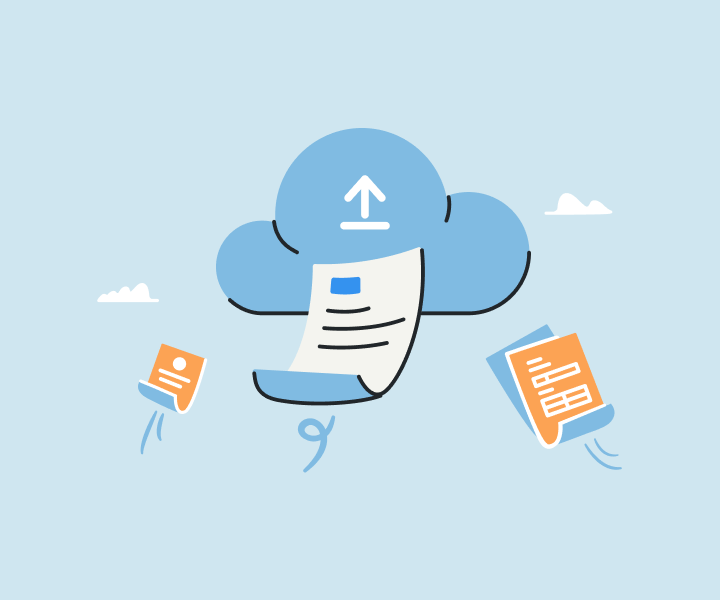T4A vs. T4: What’s The Difference?
TurboTax Canada
March 25, 2022 | 4 Min Read
Updated for tax year 2025

Each tax season many Canadians puzzle over the difference between a T4 and a T4A. While the names are similar, these forms are used for very different purposes. Knowing the distinction is important to file a proper return.
Our aim is to make filing your taxes as simple and stress-free as possible. So let’s look at some differences between these two forms, including where you find them and how you use one over the other, if not both.
Key Takeaways
- T4A and T4 contain different incomes and apply to different categories of employees.
- Most self-employed individuals and retirees/pensioners will use T4A, while company employees will use T4.
- If you have a CRA My Account, you can access your T4 slips online account as soon as they are filed to CRA by the employer.
What’s the difference between a T4A and a T4?
A T4 slip shows the income you earned when you worked for an employer. A T4A, on the other hand, is a record of your earnings from being self-employed.
TIP: While the T4 includes the Canada Pension Plan (CPP) and Employment Insurance (EI) deductions, the T4A doesn’t. So you’ll need to file those yourself seperately.
What’s a T4?
A T4 is a document that’s officially known as a Statement of Remuneration Paid. It spells out how much income you’ve made from any given employer, as well as tax deductions. Moreover, it reflects the contributions you make to the Canada Pension Plan (CPP) and Employment Insurance (EI). CPP will determine how much government pension you can collect in retirement. EI will impact the benefits you can receive if you lose your job.
These numbers matter.
What’s a T4A?
The T4A is also known as a Statement of Pension, Retirement, Annuity, and Other Income. It’s more of a catch-all slip that includes amounts or income categories that don’t appear on other slips. Put simply, it records income that doesn’t show up on a traditional employer-employee paycheque.
Even among T4As, there are different types, based on which category of income they fall into. Some examples are the T4A(P) and the T4A(OAS), which outline your pension plan earnings and old age security benefits respectively. These also need to be reported when you file.
How do you know which form you need?
|
Your Situation |
Form Needed |
| If you solely work for an employer | T4 |
| If you are self-employed, like doing contract work | T4A |
| If you work for an employer and have a side hustle business | T4 and a T4A |
What’s a typical scenario where I need to use both a T4 and a T4A?
When you have multiple income sources outside of working directly for an employer, you need to file using both a T4 and a T4A.
For example: You work for a company as an electrician. On top of that, you do some electrical work for your own clients on the side. This is a common case where both forms are required to file.
How do I get my T4 and T4A slips?
Typically, both forms should be mailed to you by March. If not, no worries. Go to your CRA My Account and obtain the copies there.
TurboTax will gladly help clarify your unique tax situation and which type of forms you should use. That’s what we’re here for.
What type of income is reported on a T4A vs T4?
Since T4As and T4 cover many different types of income, it can be helpful to have some specific examples of what falls under them. Here’s a list of some of the boxes you’ll find on each form:
| T4 | T4A |
|
|
TurboTax software will automatically check for whether you’ve used these income types, and it provides easy prompts to make sure you remember to file for these amounts when they apply.
Take all the guesswork out of taxes
Just answer simple questions, and we’ll guide you through filing your taxes.
Get StartedRelated articles

© 1997-2024 Intuit, Inc. All rights reserved. Intuit, QuickBooks, QB, TurboTax, Profile, and Mint are registered trademarks of Intuit Inc. Terms and conditions, features, support, pricing, and service options subject to change without notice.
Copyright © Intuit Canada ULC, 2024. All rights reserved.
The views expressed on this site are intended to provide generalized financial information designed to educate a broad segment of the public; it does not give personalized tax, investment, legal, or other business and professional advice. Before taking any action, you should always seek the assistance of a professional who knows your particular situation for advice on taxes, your investments, the law, or any other business and professional matters that affect you and/or your business.









